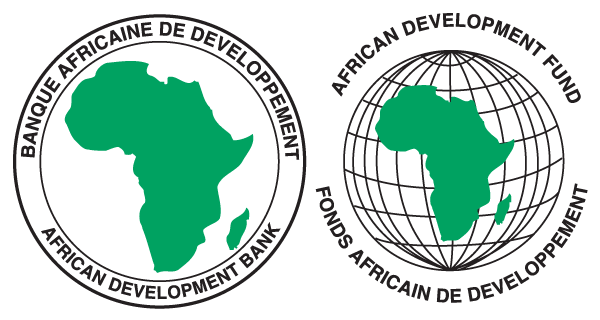
16 December 2017, Abidjan, Côte d’Ivoire – On the occasion of International Migrants Day, December 18, the African Development Bank calls on African countries to reconstruct rural areas from zones of economic misery to zones of economic prosperity. This will, in turn, expand economic opportunities for African youth, leading to improvements in their lives, thereby stemming migration.
Greater economic opportunities will motivate African youth to stay on the continent and live a meaningful life.
More than ever before, Africa must rapidly modernize its agriculture and unlock its full potential.
According to Akinwumi Adesina, President of the African Development Bank, the future of Africa’s youth does not lie in migration to Europe, but in a prosperous Africa.
Addressing the challenges of food insecurity is critical in addressing the more complex issues of migration and displacement. Reducing intercommunal conflict over scarce resources such as water and pasture for animals is also key.
“This requires new agricultural innovations and transforming agriculture into a sector for creating wealth. We must make agriculture a really cool choice for young people,” said Akinwumi Adesina, President of the African Development Bank.
“Staple food processing and agro-allied industrial zones will transform rural Africa from zones of economic misery to zones of economic prosperity. These zones will also allow Africa to move into agro-industrialization and become a global player in feeding the world.”
Taking into account the large and increasing number of migrants in the world, the United Nations General Assembly on December 4, 2000, proclaimed December 18 International Migrants Day. Statistics from the United Nations indicate that more people are on the move than ever before, while each migrant has a unique story to tell about his or her journey.
This mass movement of people along dangerous routes globally inspired the theme of year’s International Migrants Day: “Safe Migration in a World on the Move”. The UN is calling on the world to come together to protect all migrants wherever they are – in countries of origin, transit or destination.
Speaking at the recently concluded 12th African Economic Conference of the African Development Bank, UNDP and UN Economic Commission for Africa in Addis Ababa, December 4-6, 2017, Richard Joseph, a Professor of International History and Politics at Northwestern University, observed how population growth in many African countries continue to exceed income flows.
“Out-migration in such circumstances becomes an option despite the appalling risks,” he noted.
Three challenges, a lack of economic opportunities, conflict, and extreme conditions brought about by climate change are key sources of fragility that often result in the forced migration of peoples desperately seeking alternatives.
President Adesina describes these factors as a ‘triangle of disaster’ that drive conflict and extreme violence, which in turn fan economic or forced migrations as reflected in rural-urban, intra-African or international migrations, leading to significant local and international challenges.
According to the UN, the challenges and difficulties of international migration require enhanced cooperation and collective action among countries and regions.
This is one of the reasons the Bank is accelerating investments to get younger commercial farmers and agribusiness entrepreneurs into agriculture. Already, the African Development Bank has launched a youth in agriculture initiative – ENABLE (Empowering Novel Agri-Business-Led Employment) Youth – to develop the next generation of “agripreneurs” for Africa. Over the next 10 years, the Bank will invest US $15 billion to develop new youth agriculture entrepreneurs.
The ENABLE Youth program has shown that with greater access to agribusiness enterprise, skills, and improved credit, youth can become a driving force of agricultural transformation in Africa, and stem the tide of rural and transatlantic youth migration.
Food security and rural development is interlinked with migration, fragility and resilience, said Khaled Sherif, the Bank’s Vice-President for Regional Development, Integration and Business Delivery. “We acknowledging that youth constitute the majority of African migrants, and for this reason, we have also implemented a Jobs for Youth in Africa Initiative. Our aim is to expand economic opportunities for male and female African youth, in order to create improvements in other aspects of their lives,” he said.
The goal of the African Development Bank’s US $24-billion Feed Africa Strategy is to make Africa self-sufficient in food production within 10 years, drive agro-industrial development, and make the continent competitive in global food and agriculture markets.



